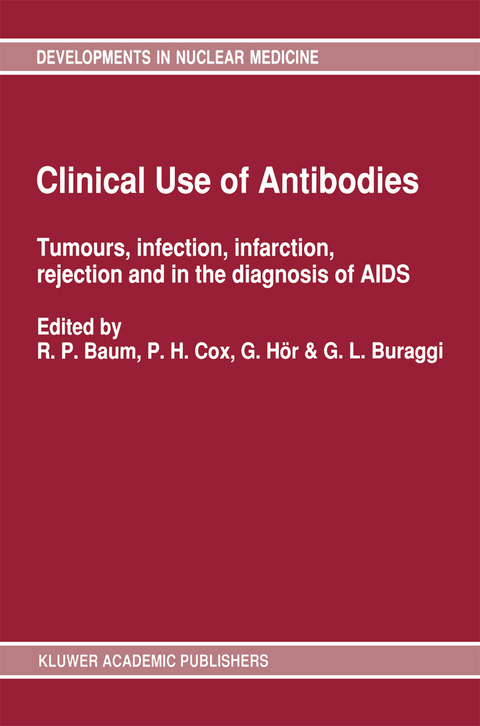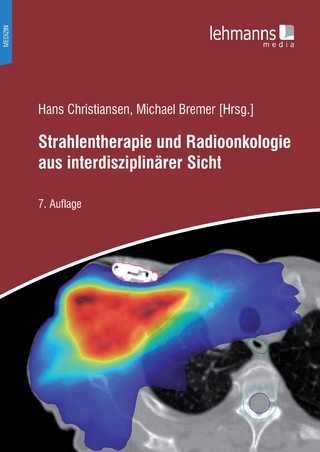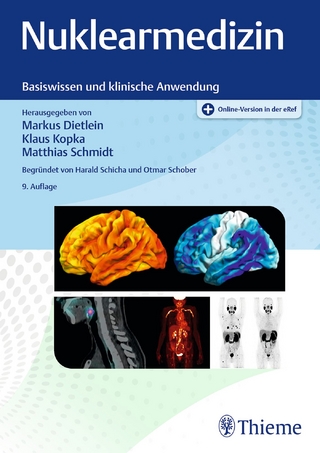
Clinical Use of Antibodies
Springer (Verlag)
978-94-010-5555-0 (ISBN)
1. Advances in cancer imaging and therapy with radiolabelled antibodies.- 2. Evaluation of the diagnostic utility of immunoscintigraphy in oncology.- 3. The quality control and clinical testing of radiolabelled antibodies.- 4. Clinical utility of radiolabelled monoclonal antibodies in the management of gastrointestinal cancer.- 5. Use of 123-I radiolabelled F(AB’)2 fragments of anti-CEA monoclonal antibody for the detection of primary and metastatic gastrointestinal carcinomas.- 6. Bispecific monoclonal antibodies for two phase radioimmunotherapy.- 7. Antimyosin antibody imaging in myocardial infarction.- 8. Antimyosin based radioimmunodetection of myocarditis cardiomyopathy and cardiac transplant rejection.- 9. Recent advances in the use of radiolabelled monoclonal antibodies in the management of ovarian cancer.- 10. Monoclonal antibodies for cell labelling with particular reference to thrombus imaging.- 11. The role of nuclear medicine in the evaluation of the patient with acquired immune deficiency syndrome (AIDS).- 12. Detection of inflammation/infection using radiolabelled anti-granulocyte antibodies: possibilities and limitations.- 13. A new marker for the detection of adenocardinomas by radioimmunoscintigraphy.- 14. New developments in the diagnosis of AIDS and strategies for therapy.
| Reihe/Serie | Developments in Nuclear Medicine ; 19 |
|---|---|
| Zusatzinfo | X, 185 p. |
| Verlagsort | Dordrecht |
| Sprache | englisch |
| Maße | 155 x 235 mm |
| Themenwelt | Medizin / Pharmazie ► Medizinische Fachgebiete ► Onkologie |
| Medizinische Fachgebiete ► Radiologie / Bildgebende Verfahren ► Nuklearmedizin | |
| Medizinische Fachgebiete ► Radiologie / Bildgebende Verfahren ► Radiologie | |
| ISBN-10 | 94-010-5555-6 / 9401055556 |
| ISBN-13 | 978-94-010-5555-0 / 9789401055550 |
| Zustand | Neuware |
| Haben Sie eine Frage zum Produkt? |
aus dem Bereich


